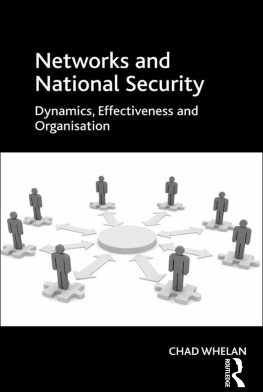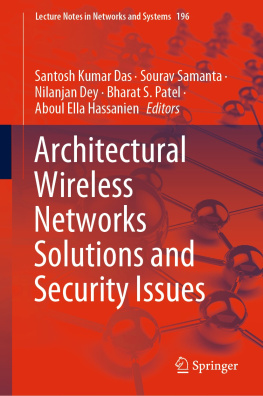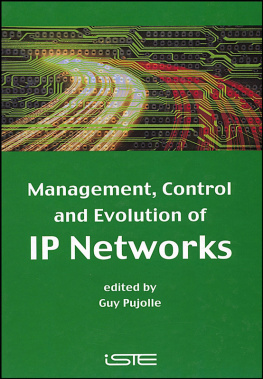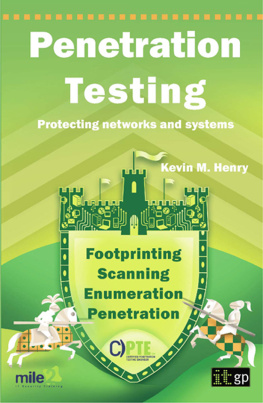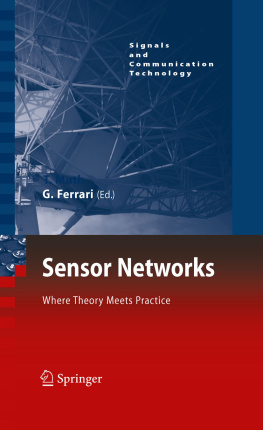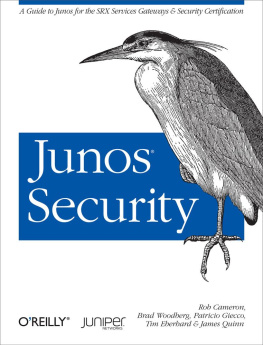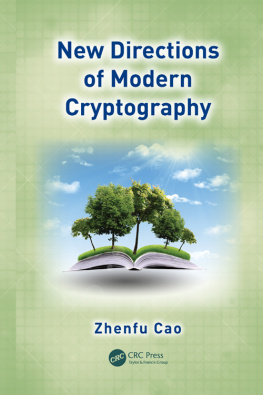NETWORKS AND NATIONAL SECURITY
Networks and National Security
Dynamics, Effectiveness and Organisation
CHAD WHELAN
Deakin University, Australia
First published 2012 by Ashgate Publishing
Published 2016 by Routledge
2 Park Square, Milton Park, Abingdon, Oxon OX14 4RN
711 Third Avenue, New York, NY 10017, USA
Routledge is an imprint of the Taylor & Francis Group, an informa business
Copyright Chad Whelan 2012
Chad Whelan has asserted his right under the Copyright, Designs and Patents Act, 1988, to be identified as the author of this work.
All rights reserved. No part of this book may be reprinted or reproduced or utilised in any form or by any electronic, mechanical, or other means, now known or hereafter invented, including photocopying and recording, or in any information storage or retrieval system, without permission in writing from the publishers.
Notice:
Product or corporate names may be trademarks or registered trademarks, and are used only for identification and explanation without intent to infringe.
British Library Cataloguing in Publication Data
Whelan, Chad.
Networks and national security : dynamics, effectiveness and organisation.
1. Business networks. 2. National security.
I. Title
658.044dc23
Library of Congress Cataloging-in-Publication Data
Whelan, Chad.
Networks and national security: dynamics, effectiveness and organisation/ by Chad Whelan.
p. cm.
Includes bibliographical references and index.
ISBN 978-1-4094-3123-7 (hardback : alk. paper) ISBN 978-1-3155-9782-9 (ebook)
1. Social networks. 2. Network analysis (Planning) 3. Criminology. 4. National security. I. Title.
HM741.W48 2011
302.4dc23
2011035097
ISBN 9781409431237 (hbk)
ISBN 9781315597829 (ebk)
ISBN 9781317088868 (ebk-ePUB)
Contents
List of Abbreviations
ADF | Australian Defence Force |
AFP | Australian Federal Police |
AGD | Attorney-Generals Department |
AIC | Australian Intelligence Community |
AICNET | Australian Intelligence Community Network |
ASIO | Australian Security Intelligence Organisation |
ASIS | Australian Secret Intelligence Service |
ASNET | Australian Secure Network |
CIA | Central Intelligence Agency |
CT | Counter-Terrorism |
Customs | Australian Customs and Border Protection Service |
DFAT | Department of Foreign Affairs and Trade |
DHS | Department of Homeland Security |
DIO | Defence Intelligence Organisation |
DPM&C | Department of Prime Minister and Cabinet |
FBI | Federal Bureau of Investigation |
IC | United States Intelligence Community |
ICT | Information and Communication Technology |
MI5 | United Kingdom Security Service |
NCTC | National Counter-Terrorism Committee |
NSA | National Security Advisor |
NTAC | National Threat Assessment Centre |
OTS | Office of Transport Security |
PROMIS | Police Real-time Online Management Information System |
PSCC | Protective Security Coordination Centre |
PSM | Protective Security Manual |
SAC-PAV | Standing Advisory Committee on Commonwealth/State Cooperation for Protection Against Violence |
SNA | Social Network Analysis |
VicPol | Victoria Police |
Preface
The central objective of this book is to advance our knowledge of networks and national security in so far as networks are used as forms of organisation to provide whole-of-government coordination in this field. The book provides an in-depth analysis of the dynamics of networks and the conditions that promote the effectiveness of networks in relation to national security. It draws on and develops the network literature in the disciplines of organisational theory, management and public administration as well as the national security literature in criminology and international relations. The book develops a methodological framework involving five levels of analysis structural, cultural, policy, technological and relational with which researchers and practitioners can better analyse and understand the dynamics and effectiveness of networks as forms of organisation.
The book uses public sector networks in the field of national security, particularly counter-terrorism, in Australia as its case study, involving detailed interviews with high-level members from leading organisations in this field. However, the book should be considered an analysis of networks and national security in the context of Australia rather than an analysis of security networks in Australia. This analysis of networks is relevant to researchers and practitioners with an interest in organisational networks everywhere, including across the Asia-Pacific, Europe and North America, where security, law enforcement, intelligence and many other government departments and agencies, and the private sector, need to work together through networks.
Chad Whelan
November 2011
Acknowledgements
This book would not have been possible without the support of many people. First, I would like to sincerely thank the interviewees, and their respective organisations, that set time aside from their busy schedules to take part in this project.
Second, I would like to thank a number of individuals who helped make this research possible. A project in such a sensitive field as national security introduces a number of complexities and I had much support in negotiating most of them. In many respects, this analysis of networks would almost not have taken place had I not developed and leveraged my own networks. In particular, I must thank Jason Brown, Priyan Mendis, David-Wright Neville, Grant Wardlaw, Ian Wing, Athol Yates and the many other people that I cannot name here but who have substantially helped with this study. I also thank Mark Branagan, Luke Howie, Stuart Koschade, Noni Kenny, Simon ORouke who have, in one way or another, offered thoughtful insights that have in some way helped shape this book. Thanks also go to the Australian Security Research Centre and the Australian Research Council Research Network for a Secure Australia.
Third, I would like to sincerely thank my colleagues, co-workers and friends at Deakin University. I thank Struan Jacobs, Darren Palmer and Craig Snyder in particular for their assistance and support during this project as well as the many administrative and academic staff I have worked with. I should single out the following people: Jo Collins, Tony Joel, Tanya King, Chris Linke, David Lowe, Tina Murphy, Murray Noonan, Skye Ramsey, Mariangela Rosciano, Claire Spivakovsky and Ian Warren. I would also like to thank the many colleagues and friends I have not named here but I should have mentioned.

